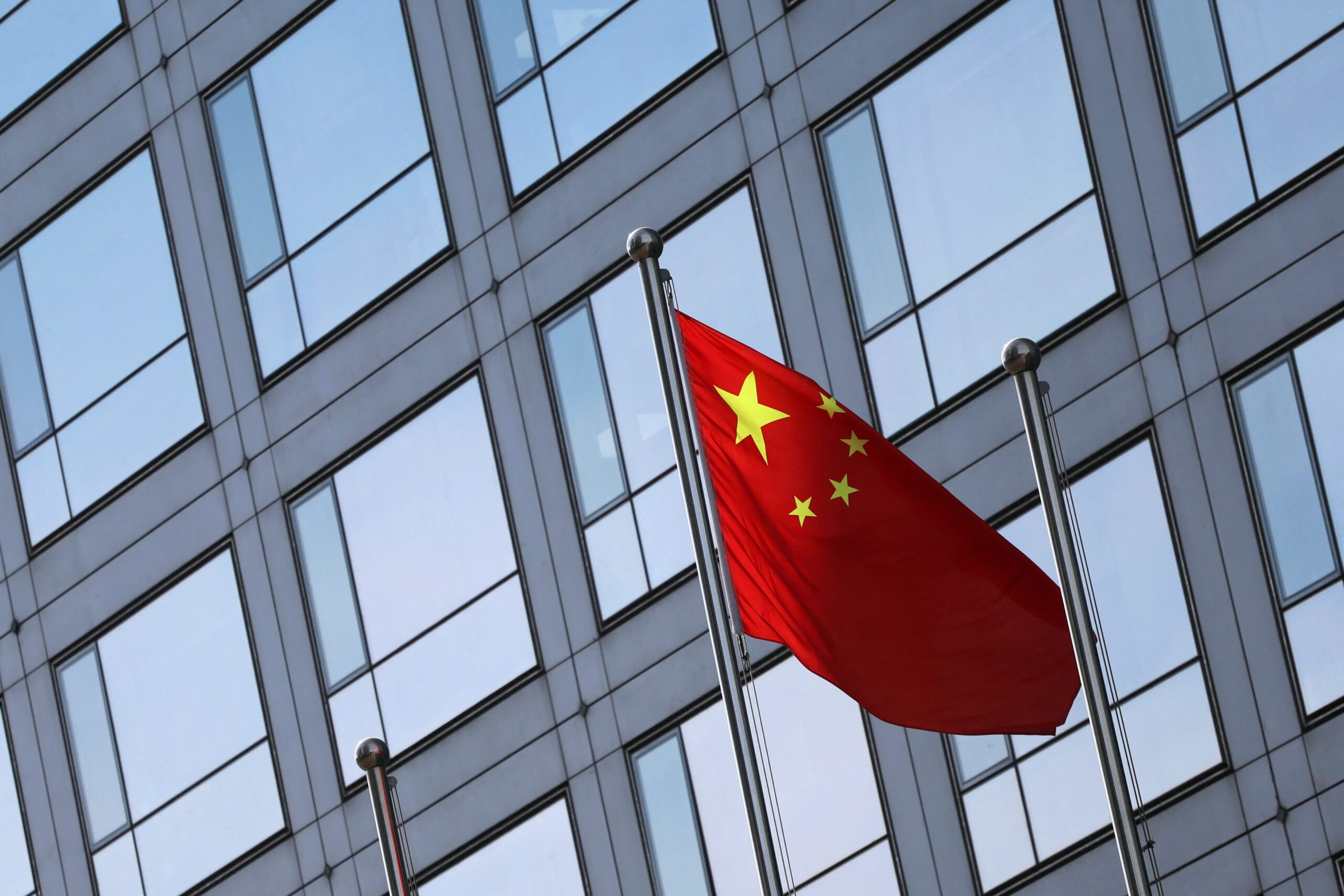Should this year’s public market outperformance in Hong Kong and mainland China sustain, it is expected to boost investor confidence in the private markets over the next few quarters and contribute to a better fundraising environment, according to investors at Hamilton Lane.
The launch of a series of government stimulus policies in China around late 2024 and improvements in the macro market environment, including a one-year trade truce reached in October between China and the US, are some of the positive factors driving a strong recovery of the public markets in Hong Kong and mainland China.
“Going forward, if this trend continues, the [public market] outperformance will translate to the private markets in the next few quarters,” said Mingchen Xia, Hamilton Lane’s managing director and co-head of Asia Investments, during a media roundtable at the firm’s Hong Kong office on Tuesday. He said “a promising exit environment” will contribute to improvements in private equity (PE) fund performance, leading to a better fundraising environment.
The Asia-focused investment veteran expects the public market momentum to soon shore up the sluggish private markets as PE fundraising has remained challenging in China this year, particularly for US dollar-denominated funds, despite sustained Chinese yuan (RMB) commitments and tech-focused dealmaking activity.
PE fundraising in China stood at only $3.6 billion as of June this year, compared to $23.6 billion a year earlier. The number of new PE funds in China plunged to just 14 this year from 144 in 2021, according to PitchBook data.
But that is expected to change, as investor confidence recovers amid improved valuation and liquidity in the public markets. The active initial public offering (IPO) activity has seen stock exchanges in Hong Kong and mainland China outpace many of their counterparts globally so far this year.
Fuelled by a record wave of IPO applications, Hong Kong is poised to regain the top spot in global IPO market rankings by the end of 2025. The city booked a historical amount of almost 300 active IPO applications in the pipeline as of September 2024, according to an October report by KPMG.
The report shows that the Hong Kong IPO market recorded HK$182.9 billion ($23.5 billion) in total funds raised across 67 listings in the first nine months of 2025, representing a 229% jump in funds raised and a 49% increase in deal volume compared to the same period last year.
In mainland China, the A-share IPO market grew steadily, with funds raised reaching 113.2 billion yuan ($15.9 billion) across 95 listings in 9M 2025. The A-share IPO funds raised grew 30% from the same period in 2024, while the number of IPOs marked a 10% increase year-on-year (YoY), according to the KPMG report.
Maturing China PE market gives rise to buyouts, secondaries
While the strong public market recovery sends an uplifting message to the private markets, particularly to general partners (GPs) seeking to exit their China portfolios through IPOs, growing “maturity” and “sophistication” among PEs across emerging Asia, including China and India, are giving rise to buyout transactions. This also helps improve the general liquidity profile in emerging Asia, said Hamilton Lane’s Xia.
Although there remains a level of reliance on the more “cyclical” IPO exit route, especially for venture and growth funds, Xia said that GPs across emerging Asia are becoming “more sophisticated and disciplined” in pursuing early liquidity through buyouts and secondaries.
A prominent trend in China’s maturing buyout market presents opportunities in carving out the China branch of an international brand, as exemplified by Starbucks’s recent high-profile sale of a 60% stake in its China business to Boyu Capital for $4 billion. This was followed by Burger King parent company Restaurant Brands International (RBI)’s move to form a joint venture (JV) with CPE, which essentially saw the alternative asset management firm acquire an 83% stake and invest $350 million to fuel Burger King’s market expansion in China.
Other ongoing buyout conversations involve Centurium Capital, the PE backer of fast-growing Chinese coffee chain Luckin Coffee, which is said to be weighing a bid for UK cafe operator Costa Coffee, according to a Bloomberg report.
Xia said the driving factors behind China’s rising buyout trend are mostly “structural.”
“China is in a transition period from a venture- and growth-oriented market to a more buyout market,” said Xia. “We do see a significant increase of buyout transactions. Even for some China funds that were traditionally on growth equity, they are doing more buyout deals. It’s a very common phenomenon.”
He is of the view that this buyout trend will continue, as China’s private market is likely to follow a similar path as Japan and South Korea, which, at one point in the past, saw local brands become more competitive, and start taking market shares from their global competitors.
“We believe this [buyout trend] will continue across different sectors,” said Xia. But the number of large buyout deals will be limited in China and across Asia. In comparison, what is more noticeable is a significant increase in small- and mid-sized buyouts across different markets, such as Japan, South Korea, China, and India, he said.
These smaller buyouts offer “more favourable entry valuations” and “more room in value creation” compared to the few high-profile opportunities that tend to be fiercely competed often in an open bid, said Xia.
For Hamilton Lane, whose assets under management and supervision hit $1 trillion as of September 30, its strategy around building a pan-Asia portfolio will be buyout-centric, with some exposure to venture and growth through secondary positions.
Regarding secondaries in China, Xia said there are still attractive discounts. There are some increases in secondary pricing of top-quartile funds, but the recovery on the public market side has not yet fully translated into a narrowing discount range in secondaries, he said.
This is because of “a dislocation of supply and demand in the market,” where there are still a lot of secondary investment opportunities, but the secondary capital is still lacking, said Xia.



